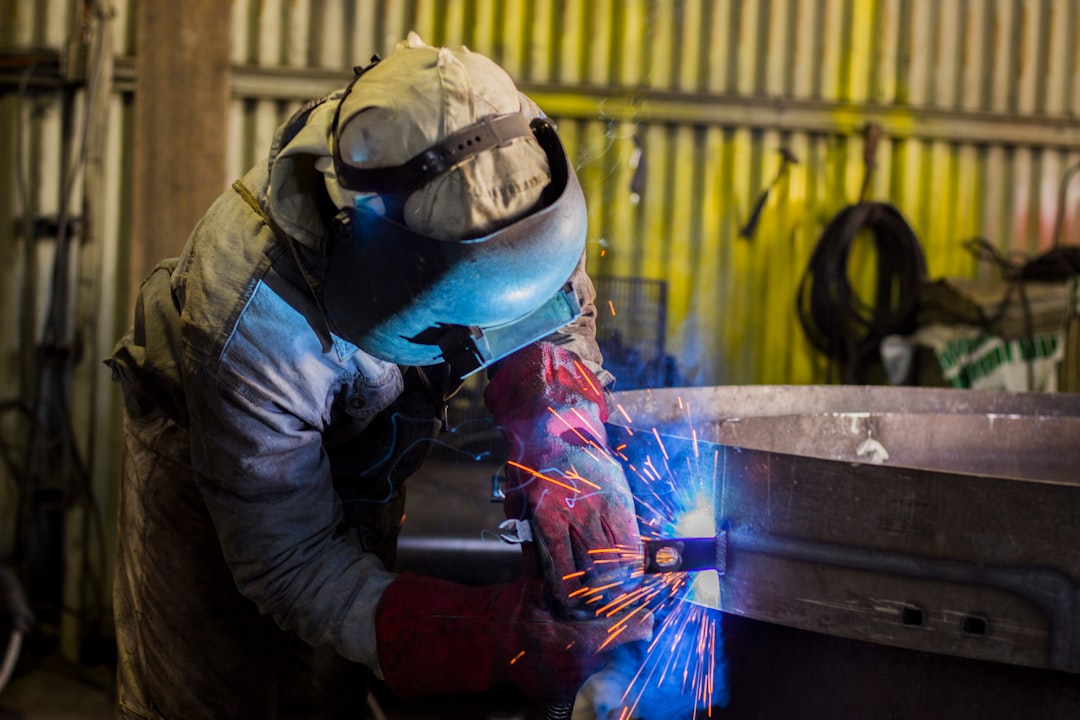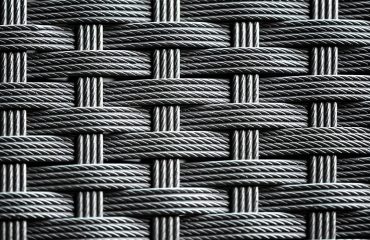Steel, a cornerstone of modern construction and manufacturing, requires precise and efficient cutting techniques for diverse applications. From intricate designs in automotive parts to the robust structures of skyscrapers, the method used to cut steel significantly impacts the final product’s quality, cost, and timeline. This comprehensive guide explores the various steel cutting technologies available, comparing their strengths and weaknesses to help you choose the best method for your specific needs.
1. Oxy-Fuel Cutting: The Classic Approach
Oxy-fuel cutting, also known as oxyacetylene cutting, is a thermal cutting process that uses a high-temperature flame to melt and oxidize steel. A mixture of oxygen and fuel gas (typically acetylene) is ignited, creating a flame hot enough (around 3000°C) to melt the steel. A high-pressure oxygen jet is then directed at the molten metal, rapidly oxidizing it and blowing away the resulting slag, creating a clean cut. This method is relatively inexpensive and portable, making it suitable for on-site cutting of thick steel plates in various environments. However, it’s slower than other methods and produces a wider heat-affected zone (HAZ), which can affect the material’s properties near the cut edge. It’s also not suitable for highly alloyed steels or thin materials.
2. Plasma Cutting: Precision and Speed
Plasma cutting employs a high-velocity jet of ionized gas (plasma) to cut through electrically conductive materials like steel. The plasma arc is generated by passing a high-current electrical arc through a constricting nozzle, reaching temperatures of up to 30,000°C. This intense heat melts and vaporizes the steel, creating a narrow kerf (the width of the cut). Plasma cutting offers higher cutting speeds and better precision than oxy-fuel cutting, making it ideal for intricate shapes and moderate-thickness steel. It’s also more versatile, capable of cutting various metals including stainless steel and aluminum. However, it requires a power source and is generally more expensive than oxy-fuel cutting.
3. Laser Cutting: The Pinnacle of Precision
Laser cutting utilizes a high-powered laser beam to melt and vaporize steel. The laser beam’s focused energy creates a very precise and narrow kerf, enabling the creation of highly detailed and intricate cuts. Laser cutting is exceptionally accurate, offering minimal heat-affected zones and smooth cut edges, making it ideal for applications requiring high precision and quality, such as automotive parts and intricate metalwork. It’s also capable of cutting various thicknesses of steel, from thin sheets to thicker plates, depending on the laser’s power. However, it’s a more expensive process than oxy-fuel or plasma cutting and is generally more suitable for thinner materials than thicker ones, due to the required cutting time.
4. Waterjet Cutting: The Versatile Alternative
Waterjet cutting uses a high-pressure jet of water, often mixed with an abrasive material like garnet, to cut through steel. The intense pressure of the water jet, combined with the abrasive particles, erodes the steel, creating a clean and precise cut. Waterjet cutting is a versatile method that can cut almost any material, including steel, without generating heat. This makes it ideal for materials sensitive to heat distortion, and it also eliminates the HAZ associated with thermal cutting methods. It’s also cleaner and quieter than other methods. However, it’s slower than laser or plasma cutting and can be more expensive for large-scale projects.
5. Shearing: High-Speed Cutting for Sheet Metal
Shearing is a mechanical cutting process that uses a pair of blades to cut through steel sheets. The blades are designed to precisely shear the material, creating a clean and relatively straight cut. Shearing is a very fast and efficient method for cutting relatively thin sheets of steel, making it suitable for mass production applications. It’s also a cost-effective method for cutting straight lines. However, it’s limited to relatively thin materials and is not suitable for intricate shapes or thick steel plates. The cut edges may also require further finishing depending on the application.
Choosing the right steel cutting technology depends on several factors, including material thickness, desired precision, production volume, budget, and the complexity of the design. By understanding the strengths and limitations of each method, you can make an informed decision that optimizes your manufacturing process.
SEO-Friendly Tags:
- Steel Cutting Technologies
- Metal Cutting Methods
- Laser Cutting Steel
- Plasma Cutting Steel
- Waterjet Cutting Steel




